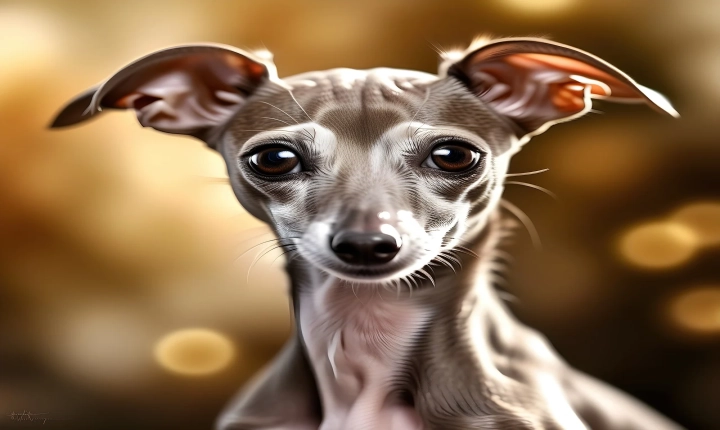Creating AI art from a photo is an exciting and innovative way to explore the intersection of technology and creativity. With the advancement of artificial intelligence and machine learning, individuals can now transform their ordinary photos into stunning works of art using specialized software and tools. In this article, we will explore the process of creating AI art from a photo, including the necessary steps and considerations to produce compelling results.
Selecting the Right Photo
The first step in creating AI art from a photo is to carefully choose an image that will serve as the foundation for the artwork. It is important to select a high-quality photo with clear subject matter and interesting visual elements. The chosen photo should have good lighting, sharp details, and an overall aesthetic that will translate well into a digital art piece.
Utilizing AI Artistic Tools
There are several AI-based artistic tools and applications available that can transform a photo into various artistic styles such as oil painting, watercolor, impressionist, or modern art. Platforms like DeepArt, Prisma, and Dreamscope are popular choices for generating AI art from photos. These tools utilize deep learning algorithms to analyze the input photo and apply artistic filters and styles to create a unique and visually captivating output.
Experimenting with Different Styles
Once the photo is uploaded to the AI artistic tool, users have the opportunity to experiment with different styles and artistic effects to see which one best suits the original photo. Each tool offers a range of artistic filters and styles, allowing users to apply various effects and adjust parameters such as brushstroke intensity, color saturation, and texture detail. It is recommended to explore different options to find the most appealing artistic transformation for the photo.
Customizing the Output
After applying a specific artistic style to the photo, users can further customize the output by adjusting parameters to fine-tune the artwork to their liking. This could involve tweaking the brightness, contrast, and color levels, as well as adding additional artistic elements such as overlays, textures, or frames. Customizing the output allows for a more personalized and unique AI art creation that aligns with the creator’s vision.
Finalizing and Saving the Artwork
Once the desired artistic transformation is achieved, the final step is to save the AI-generated artwork in a suitable file format. Most AI art tools provide options to save the artwork in formats such as JPEG, PNG, or TIFF, allowing for easy sharing, printing, or further manipulation using image editing software. It is essential to save the artwork at a high resolution to preserve the details and quality of the AI-generated art.
Benefits and Considerations
Creating AI art from a photo offers numerous benefits, including the ability to effortlessly transform photos into visually stunning and creative artworks. It provides an accessible way for individuals to explore artistic styles and express their creativity without the need for traditional art skills. However, it is important to consider ethical implications when using AI art tools, such as ensuring that the original photo creator’s rights and permissions are respected when transforming their images into AI art.
In conclusion, the process of creating AI art from a photo offers a fascinating and innovative approach to visual expression. By utilizing AI artistic tools and experimenting with different styles, individuals can transform their ordinary photos into extraordinary and unique works of art. With careful consideration and ethical awareness, AI art creation provides an exciting avenue for exploring the fusion of technology and artistic imagination.
